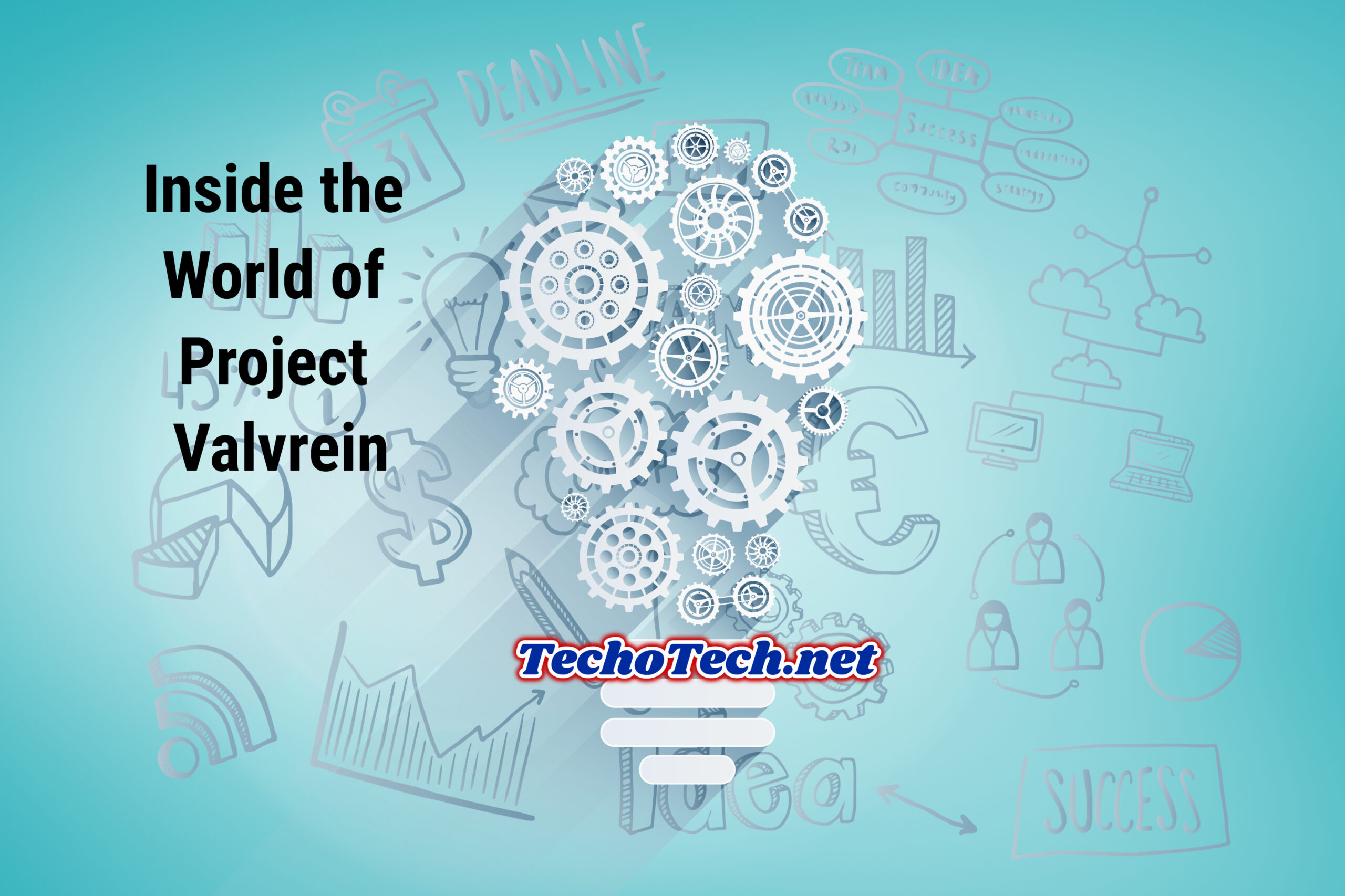Introduction
Since science fiction began, writers and innovators have imagined futuristic worlds with extraordinary technologies and breakthroughs. These ideas may seem far-fetched, yet they often inspire real-world advances. Project Valvrein has made science fiction aspirations come true.
This article will explore Project Valvrein, a groundbreaking medical technique. We will explore how this project evolved from a sci-fi idea to a cutting-edge execution and its implications for healthcare.
1) What is Project Valvrein?
Oxford scientists and engineers developed Project Valvrein, a cutting-edge medical device. The objective was to create a minimally intrusive device that could diagnose and cure many medical diseases without surgery.
‘Valvrein’ originates from valve (heart valves) and rein (repair or heal). This project’s major goal is to restore heart valves without surgery.
2) How does Project Valvrein work?
Project Valvrein integrates robotics and AI. The gadget is less invasive since it fits via tiny skin incisions. AI algorithms control the patient-specific robotic arms that operate it.
MRI or CT scan pictures are supplied into the system’s computer software during the operation. This facilitates correct device implantation by mapping each patient’s anatomy. Once installed, it repairs or replaces heart valves using cutting-edge materials.
3) What inspired the team behind Project Valvrein?
The science fiction novel “The Diamond Age” by Neal Stephenson inspired Project Valvrein. The book included nanobots, small robots that go through the body and mend cells molecularly.
Nanobots, a notion for now, intrigued Professor Zoltán Szlávik, who leads this study. He wanted to use comparable technologies to create a minimally invasive device for difficult surgery without chest surgery.
4) What are the potential benefits of Project Valvrein?
Project Valvrein’s early clinical studies are promising. Compared to open-heart operations, it is less intrusive, takes less time, and scars less. Additionally, it dramatically minimizes major surgical risks including infection and bleeding.
This method also saves money by not requiring general anesthesia. As AI improves in accuracy and efficiency, we may expect even greater success for this new technology.
5) What does the future hold for Project Valvrein?
Project Valvrein needs additional study and testing before it’s offered to patients, like any new technology or medical innovation. Due to its encouraging findings, many specialists believe it might transform cardiac treatment soon.
Valvrein’s minimally invasive nature and utilization of modern technology like robots and AI have opened the door to exploring additional medical treatments that might benefit from similar approaches.
Bottom Line
Project Valvrein is what occurs when creativity meets real-world innovation. It might transform healthcare by improving patient outcomes and opening new avenues for medical innovation.
The project shows that with commitment and foresight, the impossible is feasible. More innovations like these might change our healthcare system eventually.
FAQs
1. The Valvrein Project?
Project Valv uses cutting-edge technology to realize sci-fi ideas.
2. What started Projects Valvrein?
Imaginative scientists and engineers who loved pushing technology founded Project.
3. What advances will Project Valvrei bring?
The project will pioneer AI, space exploration, and VR technology.
4. Does the project have government or military ties?
Private investors fund Valvrein, an independent R&D effort.
5. Will Valvrein’s advances be public?
Valvrein wants to make its technological advances available to everyone to improve society.
6. Can I join this project?
Stay tuned to our website for collaboration, research, and events exhibiting our latest advances.
7. Does Valvrein consider ethics?
Our research approach includes ethical criteria to ensure responsible and ethical breakthroughs.
8. When will the project yield tangible results?
We expect to announce our first big breakthrough in the coming years. Watch for progress updates.

